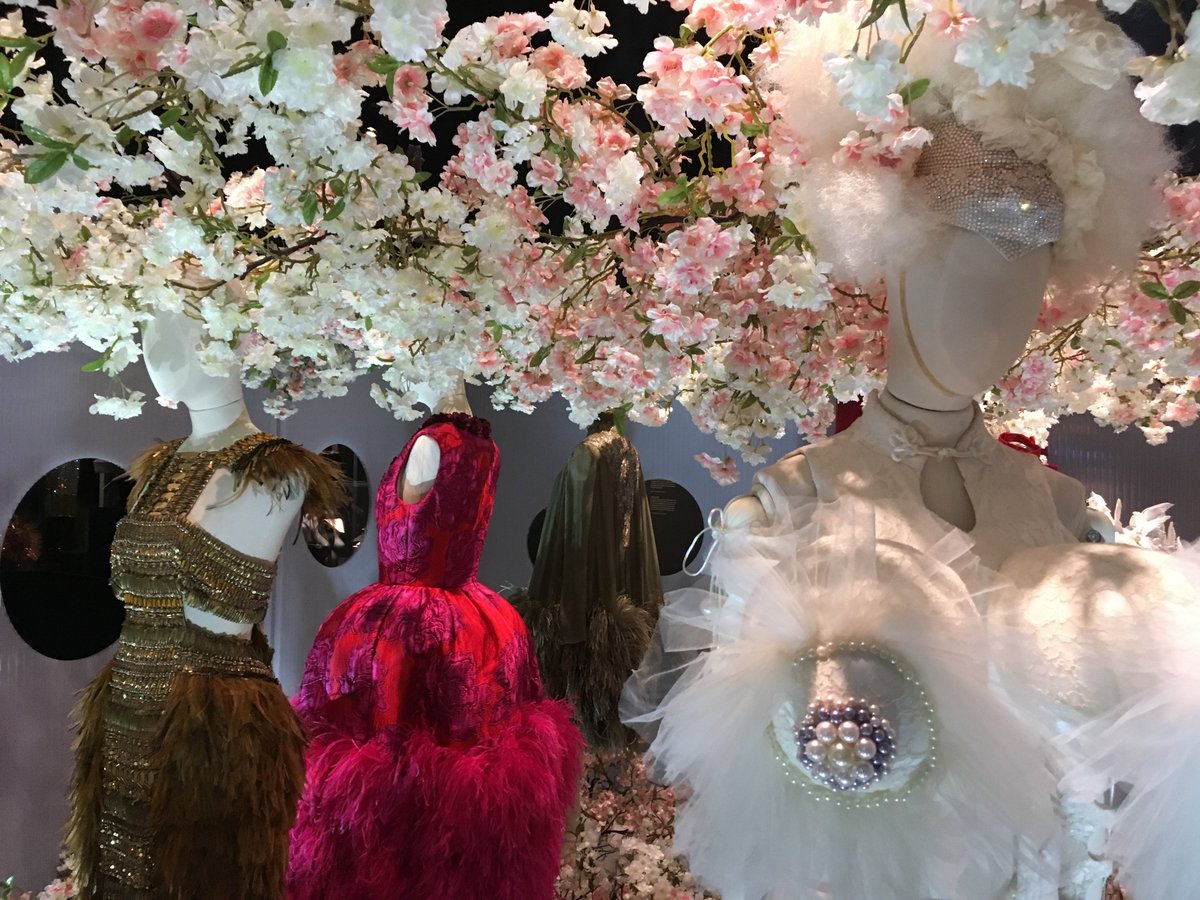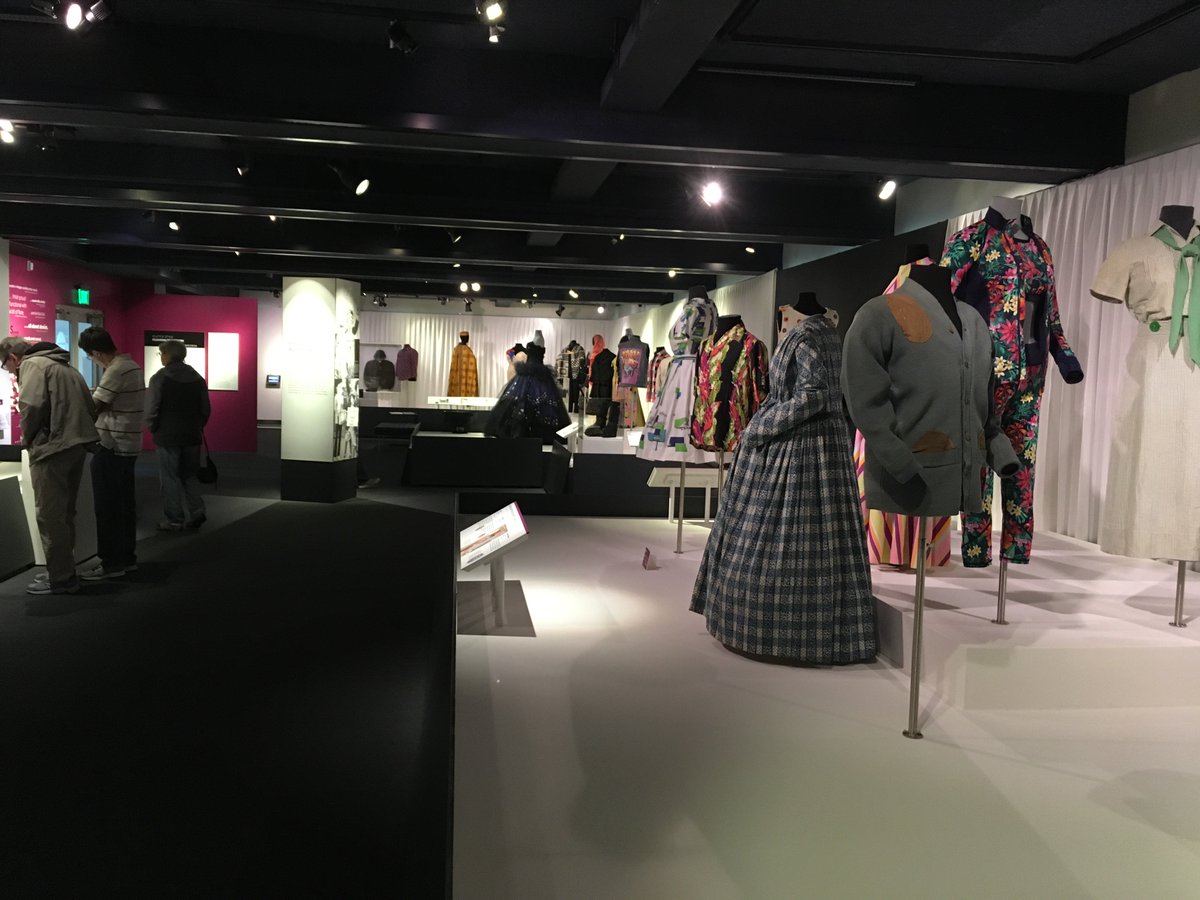Like any art form, fashion is in dialogue with its history, its canon.
So to most people, the vocabulary here is a completely foreign language.
E.g. if you don't know what makes a kimono a kimono, and you don't know how and where and when kimonos were worn and what they *mean,* a deconstructed kimono is just going to look... strange.
So a bit part of teaching, of curating information, is deciding what that narrative is and choosing information that fits it.
It was so top-heavy it felt like it was more about showing off the work of the display designers than the clothes themselves.
And you can tell because it looks like very little attention was given to the mannequins themselves--they weren't built out to fit the clothes.
I didn't come away with greater *understanding*.
You can understand why it's funny that REI's April Fools' product was covered in zippers.
If you're visiting, do MOHAI. You'll come out actually understanding the city and its personality
TL;DR: good UX design is usually invisible, not flashy.


















